Promoting Fitness and Balance Among Individuals With Intellectual Disabilities
Document Type
Article - Merrimack Access Only
Publication Title
Research Quarterly for Exercise and Sport
Publication Date
6-2016
Abstract/ Summary
There are many barriers for individuals with intellectual disabilities (ID) to participate in normative physical activities, including lack of knowledge, motivation, skills, and environmental resources. The current study examined a community-based peer health promotion program aimed at promoting fitness and balance among adults with ID. The program was designed based on a peer education model. Thirty individuals (15 men, 15 women; M^sub age^ = 26.2 ± 2.0 years) with mild-to-moderate ID from a local nonprofit organization that provides services for individuals with disabilities participated in the study. Participants were matched with undergraduate students majoring in health sciences. Students led one-on-one fitness sessions (,45 min each) focusing on balance and cardiovascular exercises, as well as education sessions (~15 min each) twice a week for 8 weeks. Education sessions focused on promoting lifestyle physical activities and healthy diet. Pretests and posttests were administered to assess the participants' body mass index (BMI), waist circumference, lower-body strength (sit-and-stand test), upper-body strength (handgrip test), cardiovascular endurance (6-min walk test), and balance (balance error scoring test). A dependent paired-sample t test showed a significant decrease in waist circumference, t(19) = 2.46, Cohen's d = 0.30 and significant increases on the sit-and-stand test, t(15) = 2.64, Cohen's d = 0.38, and balance test, t(13) = 2.14, Cohen's d = 0.47, all ps < .05. The intervention effects were not significant on BMI, t(18) = 1.09, handgrip strength, t(21) = -0.73, or 6-min walk distance, t(17) = -1.7, all ps > .05. Peer education programs have the potential to promote fitness and balance among individuals with ID. Further refinement to the program is needed to positively affect participants' cardiovascular strength and upper-body strength.

